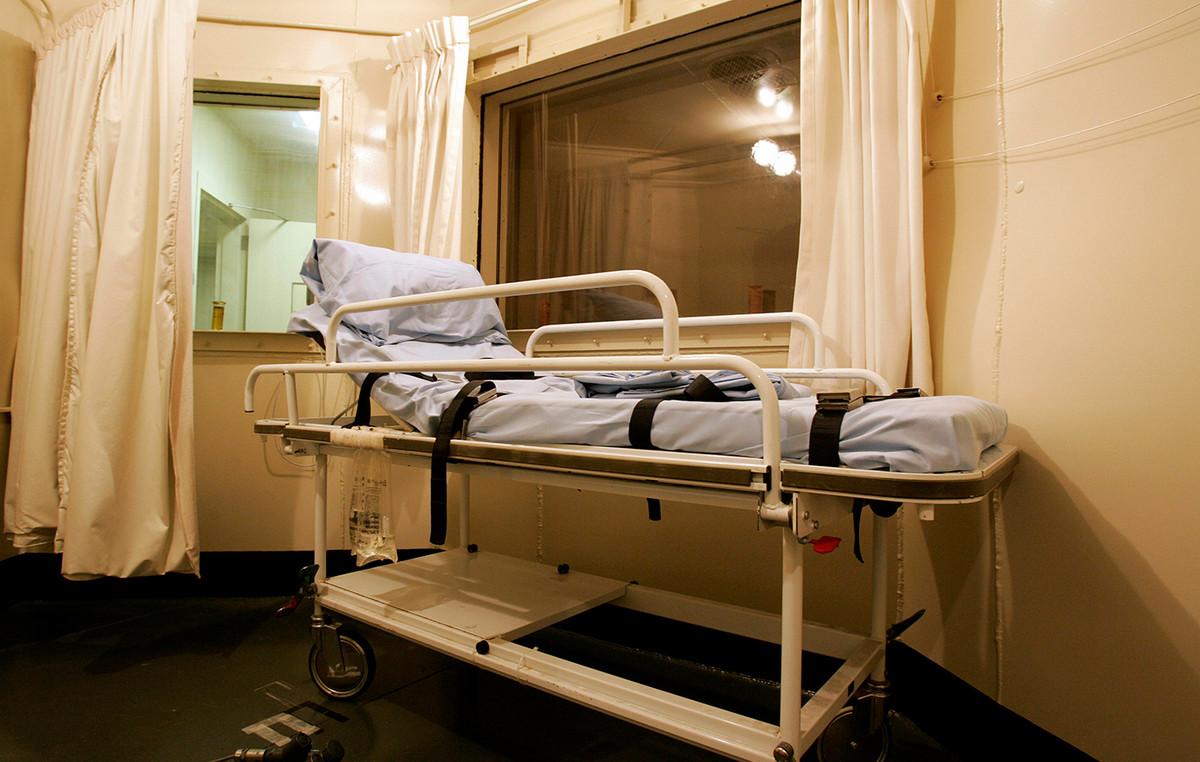- The next move for USD/JPY depends on the Fed's actions, according to a BofA strategist.
- If Fed cuts, USD/JPY could fall to 142; If not, it could rebound.
- Intervention is like “leaning against the wind”, if the Fed decides not to cut, the market will push higher.
Over the past two weeks, USD/JPY has hovered in a tight range around 151,000 as the threat of intervention by Japanese authorities keeps bulls timid, while better-than-expected US data expected, they keep the bears at bay.
The direction of the USD/JPY's next move has been the subject of much speculation, but the factor that will be most significant is the actions of the US Federal Reserve (Fed), according to Thanos Vamvakidis, Global Head of FX Strategy G- 10, Bank of America Merrill Lynch (BofA).
“To a large extent, USD/JPY depends on the Fed. If the Fed does not cut rates it could reach 160,000, if it does it could reach 142,000,” Vamvakidis said in an interview with Bloomberg News.
If the Fed cuts rates in line with current expectations, it will weigh on the USD/JPY as it will reduce the advantage of holding cash in US Dollars (USD) against the Japanese Yen (JPY) from the perspective of the amount of interest that can be earned.
However, stronger-than-expected US data in recent weeks has led some Fed policymakers to backtrack on their promises to cut interest rates in the summer. Over the Easter weekend, Chairman Powell became more hawkish – that is, more in favor of keeping interest rates higher for longer – and markets reacted by buying US dollars.
The probability of a first rate cut by the Fed in June has now fallen to just over 50%, according to CME's FedWatch tool, from over 70% just a few weeks ago. At the beginning of the year, the market even forecast a decent chance of a first rate cut in March. If the trend to “kick the can down the road” on interest rate cuts continues, the date of the first cut could be pushed back even further, to fall, winter or even next year.
The BoJ, offside
On the other hand, the Bank of Japan (BoJ) is unlikely to play a key role, and Vamvakidis suggests that the BoJ is unlikely to rush to raise interest rates to combat rising inflation. Japan has an economic problem opposite to that of most of the rest of the world.
“Japan is a completely different case: there inflation is a solution, not a problem. They are happy to see persistent inflation. It is above the target, but not by much. And they have a long 30-year history of deflation.
“They will continue to be very cautious, leaning in the other direction compared to the other central banks,” Vamavakidis said.
The level of intervention
In March, Masato Kanda, Deputy Finance Minister for International Affairs, declared that the yen had weakened beyond what market fundamentals justified. He added that Japanese authorities would be willing to intervene if the yen continued to depreciate. Based on experience from previous interventions, any level above 150,000 is considered a target for intervention.
“I think 152 is a critical level right now in which intervention is expected in a scenario in which the Fed is expected to start cutting this year. But if the market does not foresee cuts from the Fed this year, they will realize that the level is higher.
However, even if the authorities intervene, they will not have the power to plug the dam forever, and it will eventually break, pushing USD/JPY higher.
“It will be more like leaning against the wind. They know very well, also from the past, that these interventions do not work, it is above all a threat, so they can create a certain caution in the market, a certain two-way risk.
“They know very well that everything depends on the Fed. If they just buy some time with interventions until the Fed starts lowering rates, everything will be fine, but if the Fed doesn't lower rates this year, then these interventions won't work.” will be able to do anything,” Vamvakidis said.
Source: Fx Street
I am Joshua Winder, a senior-level journalist and editor at World Stock Market. I specialize in covering news related to the stock market and economic trends. With more than 8 years of experience in this field, I have become an expert in financial reporting.







